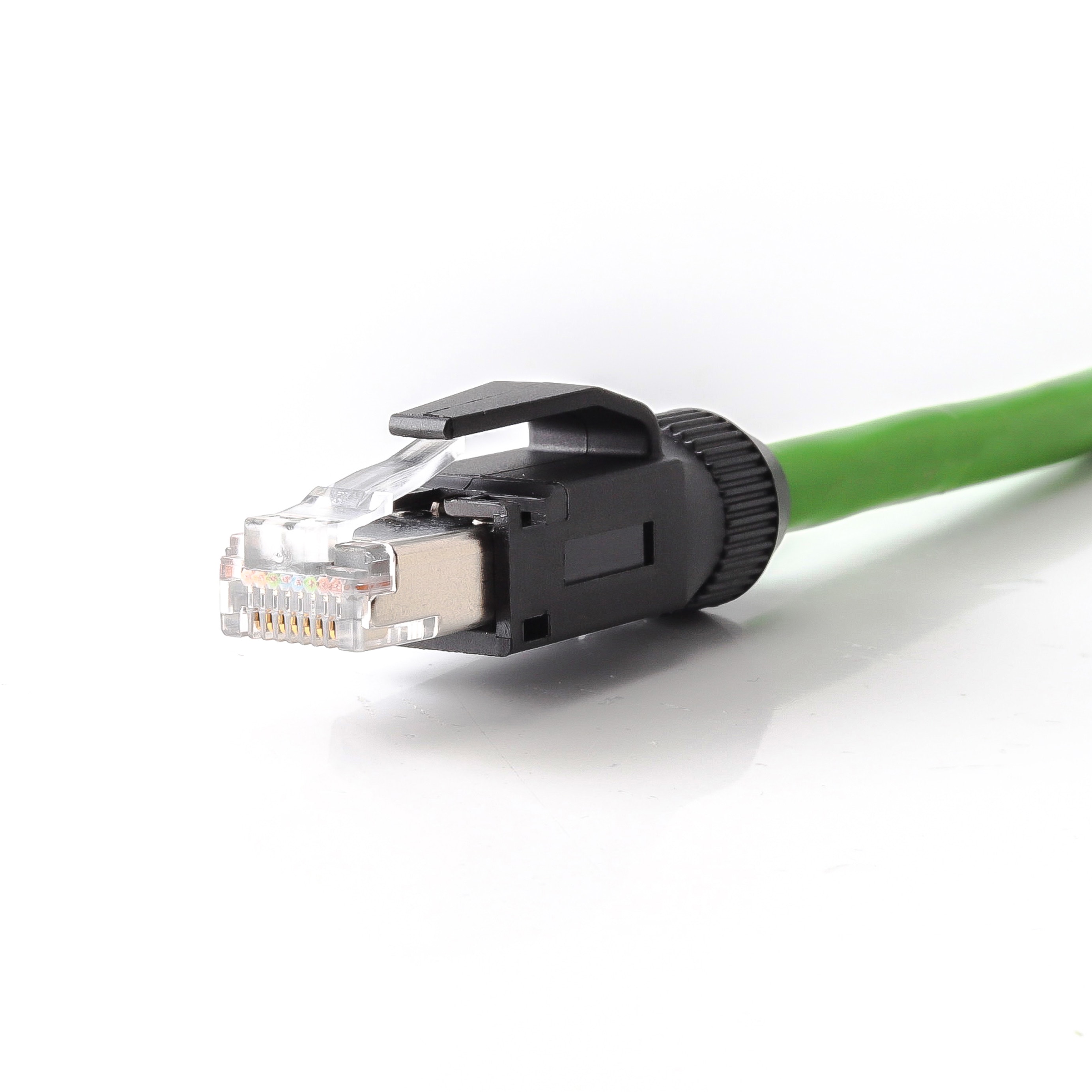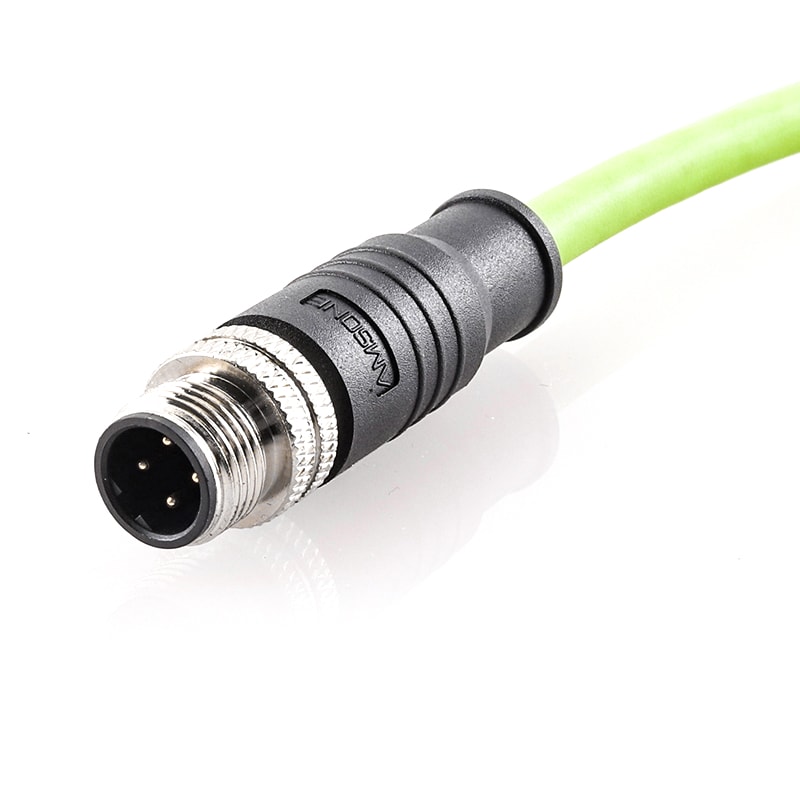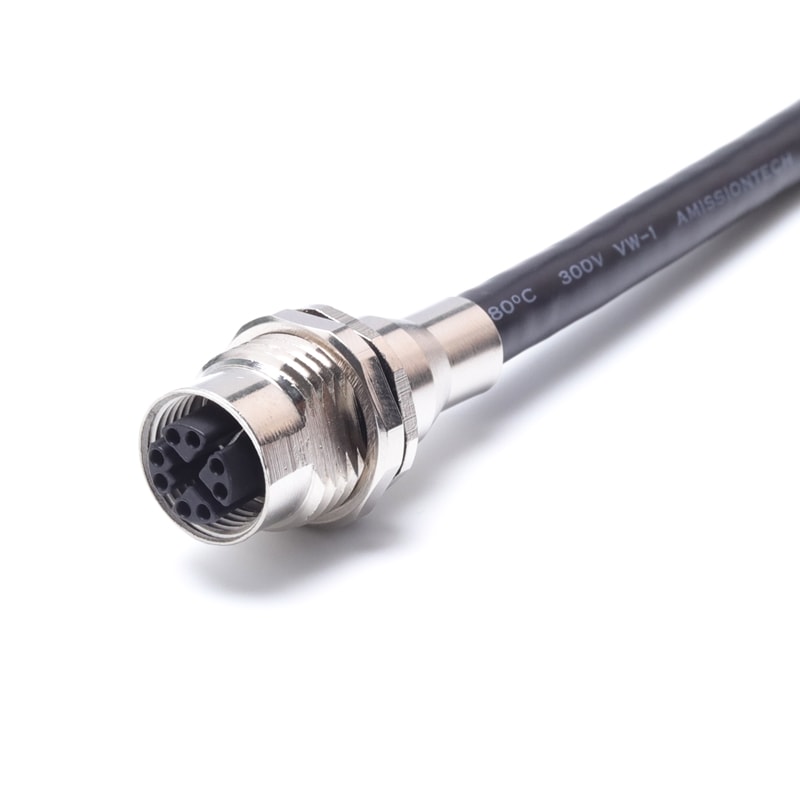When setting up a network, whether at home, in an office, or across an industrial facility, cabling choices are critical. Many people use the terms LAN cable and Ethernet cable interchangeably, but they refer to different aspects of networking. Understanding the distinction can help ensure your network runs efficiently, reduces downtime, and meets current and future requirements.
What Does LAN Mean?
LAN, or Local Area Network, is a network of interconnected devices within a limited geographic area, such as a home, office, or campus. The main purpose of a LAN is to allow computers, printers, and other devices to share data and resources quickly and efficiently.
The concept of LANs emerged in the 1960s and 1970s when organizations needed systems that allowed multiple computers to communicate within a confined physical space. Ethernet technology, developed by Robert Metcalfe at Xerox PARC in the 1970s, played a major role in making LANs practical. Ethernet provided a standardized, reliable way to connect devices over short distances, and it remains the dominant wired technology for LANs today. Understanding LANs is the first step in knowing why cabling matters.
LAN Cable vs Ethernet Cable: Core Difference
A common source of confusion is the overlap between LAN cables and Ethernet cables. Simply put, a LAN cable is a generic term for any cable that connects devices within a LAN. In contrast, an Ethernet cable is a specific type of LAN cable that follows the Ethernet standards and protocols for wired data transmission.
While both are used to connect devices, LAN cables can include other types of cabling for specialized systems, while Ethernet cables specifically refer to twisted-pair cables like Cat5e, Cat6, or Cat6a that meet Ethernet specifications. Recognizing this distinction is essential for network design and installation.
What is a LAN Cable?
A LAN cable is the physical medium that allows devices within a network to communicate. Its primary role is to connect computers, printers, routers, and switches, enabling data transfer, file sharing, and internet access.
For example, connecting a home printer to a router requires a LAN cable. While LAN cables vary in construction and performance, they are always designed to carry signals across short distances reliably. Understanding the role of LAN cables helps ensure you select the right type for your specific network setup.
What is Ethernet?
Ethernet is a set of networking standards and protocols used to govern data transmission over LANs. Ethernet cables physically connect devices and are standardized to ensure compatibility and performance across different systems. Common types include Cat5e, Cat6, Cat6a, and higher categories.
The choice of Ethernet cable determines the speed and bandwidth available in a network. For example, Cat5e supports speeds up to 1 Gbps, while Cat6a can handle 10 Gbps over longer distances. Selecting the appropriate Ethernet cable ensures stable and high-speed connectivity within your LAN.

Key Differences: LAN Cable vs Ethernet Cable
While LAN cables describe the network itself, Ethernet cables refer to the technology and standards used to transmit data. Key differences include:
LAN cable: broader term, can include wired and wireless network solutions.
Ethernet cable: physical wired connection following Ethernet standards.
Function: LAN cables connect devices; Ethernet cables define how data travels along that connection.
Understanding these distinctions ensures proper network planning and avoids confusion during installation.
Premise Cabling
In larger networks, premise cabling forms the backbone of LAN infrastructure. Premise cables connect network and phone equipment from a central location, such as a server room, to individual workstations.
Standard LAN premise cables are Category 5e (Cat5e) and Category 6 (Cat6), which are cost-effective and capable of high-speed data transfer. Both categories are available in shielded and unshielded versions. Shielded cables are recommended for environments with high electrical interference or when cables pass through walls and ceilings, while unshielded cables are suitable for short, straightforward connections.
Choosing the Right LAN/Ethernet Cable
When selecting cabling for a network, consider:
Speed and bandwidth: Cat6 provides higher speeds and better future-proofing than Cat5e.
Shielding: reduces interference in noisy environments.
Installation environment: indoor vs. outdoor or industrial settings.
Distance: longer runs require higher category cables to maintain signal integrity.
Choosing the proper cable type ensures efficient data transfer, minimizes signal loss, and improves overall network reliability.
Applications of LAN and Ethernet Cables
LAN and Ethernet cables are essential in homes, offices, and industrial settings. Typical applications include:
Home networks: connecting routers, computers, smart TVs, and printers.
Offices: linking desktops, servers, and network switches.
Industrial networks: enabling machine-to-machine communication, monitoring systems, and control networks.
Selecting the right cabling based on speed, shielding, and environmental conditions is critical for performance and longevity.
Conclusion
In summary, while the terms LAN cable and Ethernet cable are often used interchangeably, they are not identical. LAN refers to the network, while Ethernet defines a specific wired technology for data transmission. Selecting the correct cable, considering speed, shielding, and application requirements, ensures efficient, reliable, and future-proof networks.
For high-quality LAN and Ethernet cabling solutions, contact Amissiontech, a trusted industrial cable supplier that offers expert guidance and reliable products for any networking environment.

 EN
EN DE
DE JP
JP ES
ES SE
SE FR
FR IT
IT CN
CN 한국어
한국어 ภาษาไทย
ภาษาไทย بالعربية
بالعربية Nederlands
Nederlands Türkçe
Türkçe Język polski
Język polski Tiếng Việt
Tiếng Việt Zulu
Zulu Bahasa Malay
Bahasa Malay


